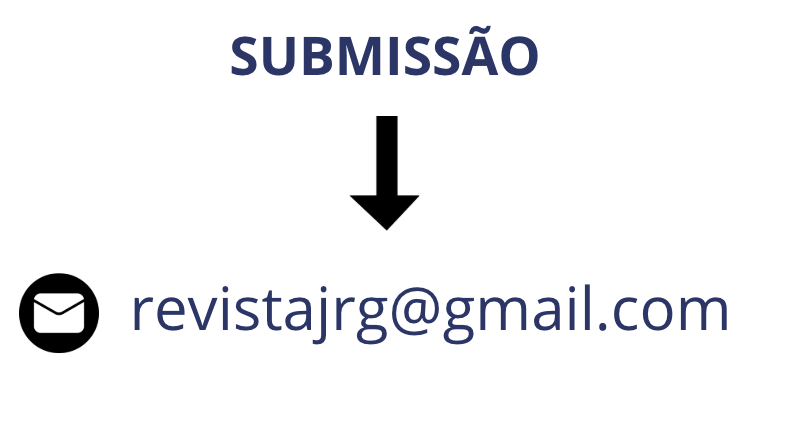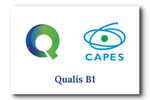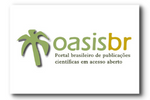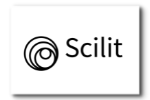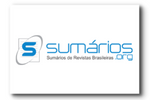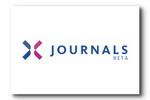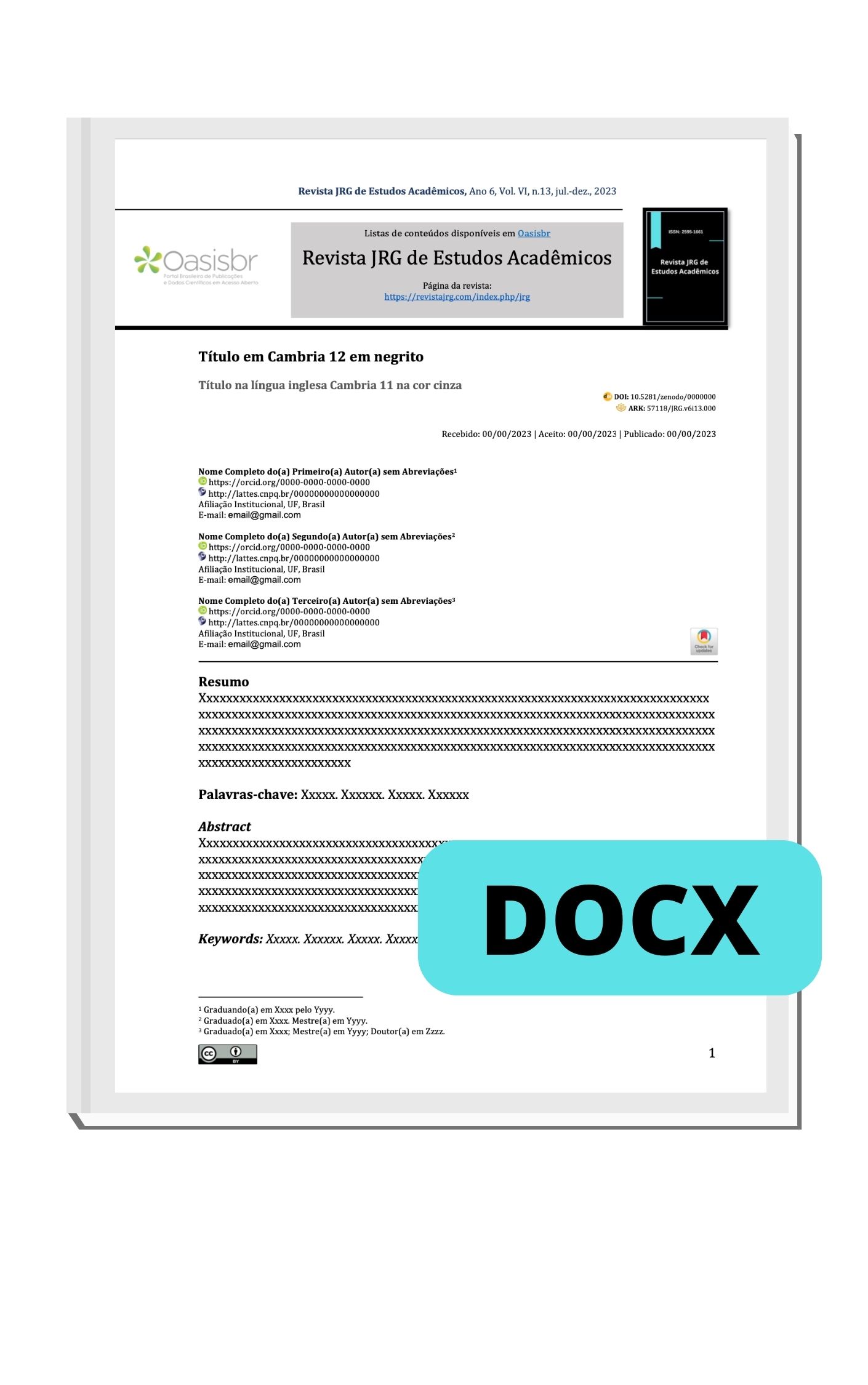Clarify Artificial Intelligence (AI) decisions models rights in Intelectual Property (IP) system
DOI:
https://doi.org/10.55892/jrg.v7i14.1033Palavras-chave:
Artificial Intelligence, Intelectual Property, Innovations, Public Administration, AI decision support systemsResumo
The paper explores the relationships between Artificial Intelligence (AI) and Intellectual Property (IP) system of rights protection. The discussion clarify the characteristics of IP system, who is the registered owner, what is the registration object, and where the registration takes place. The research seeks WIPO's advice and the general trend of AI experts' discussions and tries to dig deep into definitions and meanings. The research also shows the mainstream explication why AIs not entitled as owner of an IP. In other case AI’s integrated into a process or a digital product a AI tool to solve a well-known problem, it is part of the organization's management and resources. Thus, innovation's certification belongs to the company or the public organization that sponsored it. The result of the research shows a summary framework of all the rights when used as a tool for decisions and risk of assuming AI as a system or as a model to support decisions specially for Public Administration.
Downloads
Referências
Arrow, K.J. Economic Welfare and the Allocation of Resources for Invention. In R.R. Nelson (Ed.), The Rate and Direction of Inventive Activity: Economic and Social Factors. Princeton, NJ: Princeton University Press, 609-626. 1962
Aveni, A. Reid Hoffman’s impromptu. Amplifying our humanity through AI . Review. Revista Processus De Políticas Públicas E Desenvolvimento Social, 5(10), 01–8. https://doi.org/10.5281/zenodo.10160496. 2023
Aveni, A.; Ulisse, C. Blockchain e Decentralized Autonomous Organization (DAO) nos sistemas de saúde pós-pandemia. Revista JRG de Estudos Acadêmicos , Brasil, São Paulo, v. 5, n. 11, p. 512–526, 2022. DOI: 10.5281/zenodo.7405637. Disponível em: https://www.revistajrg.com/index.php/jrg/article/view/455. Acesso em: 26 mar. 2024.
Buchanan, James M., An Economic Theory of Clubs. Economica, 32(125): 1–14. doi:10.2307/2552442. 1965
Cerqueira D. et Ali. Predictive Policing in Brazil: Rio de Janeiro's Experience with the Integrated Crime Management System (SISP)". IPEA Working Paper, No. 222, 2015a.
Cerqueira D.et ali. FUNDO BRASIL PAZ NO FUTURO: FINANCIANDO A EFICIÊNCIA DA SEGURANÇA PÚBLICA. IPEA Texto para discussão 2077. Instituto de Pesquisa Econômica Aplicada.- Brasília : Rio de Janeiro : Ipea , 1990- ISSN 1415-4765. Abril 2015b.
Cuntz, Alexander and Fink, Carsten and Stamm, Hansueli, Artificial Intelligence and Intellectual Property: An Economic Perspective (March 2024). World Intellectual Property Organization (WIPO) Economic Research Working Paper Series No. 77, Available at SSRN: https://ssrn.com/abstract=4757971 or http://dx.doi.org/10.2139/ssrn.4757971. 2024
De Jong Marc,Marston Nathan, and Roth Erik. The eight essentials of innovation McKinsey Quarterly April 1, 2015 https://www.mckinsey.com/capabilities/strategy-and-corporate-finance/our-insights/the-eight-essentials-of-innovation
Feigenbaum E., Feldman J.,Computers and Thought, McGraw-Hill, 1963.
Ghosh, S., Ghosh, S., Lee, T., & Lee, T.S.. Intelligent Transportation Systems: New Principles and Architectures (1st ed.). CRC Press. 2000. Disposable https://doi.org/10.1201/9780203009949
Haugeland J., Artificial Intelligence: The Very Idea, MIT Press, 1985
Kurzweil R., The Age of Intelligent Machines, MIT Press, 1990
Ledford, Heidi (2019-10-24). Millions of black people affected by racial bias in health-care algorithms. Nature. 574 (7780): 608–609. 2019 Bib code: 2019 Natur. 574. .608L. Doi: 10.1038d41586-019-03228-6. PMID 31664201. S2CID 204943000.
Rui Pedro Lourenço, Government transparency: Monitoring public policy accumulation and administrative overload, Government Information Quarterly, Volume 40, Issue 1, 2023,101762, ISSN 0740-624X, https://doi.org/10.1016/j.giq.2022.101762.(https://www.sciencedirect.com/science/article/pii/S0740624X22000983)
Mankiw, N. Gregory, Principles of Microeconomics, sixth edition, Mason, OH: South-Western Cengage Learning.2012
McCarthy, J.. "Programs with Common Sense" at the Wayback Machine (archived October 4, 2013). In Proceedings of the Teddington Conference on the Mechanization of Thought Processes, 756–91. London: Her Majesty's Stationery Office. 1959
Minsky, M. (1970). "Form and Content in Computer Science (1970 ACM turing lecture)". Journal of the ACM. 17 (2): 197–215. doi:10.1145/321574.321575
Meševic ́ Iza Razija. Reevaluating Main Concepts of Intellectual Property in the Light of AI-Challenges in O. J. Gstrein et al. (eds.), Modernising European Legal Education (MELE), European. Union and its Neighbours in a Globalized World 10, https://doi.org/10.1007/978-3-031-40801-4_14 2023. pag. 223 - 234
Neumann O., Guirguis Katharina & Steiner Reto(2024) Exploring artificial intelligence adoption in public organizations: a comparative case study, Public Management Review, 26:1, 114-141, DOI: 10.1080/14719037.2022.2048685. Avaiable: https://doi.org/10.1080/14719037.2022.2048685
OECD/Eurostat, Oslo Manual: Guidelines for Collecting and Interpreting Innovation Data, 3rd Edition, The Measurement of Scientific and Technological Activities, OECD Publishing, Paris,2005. Available https://doi.org/10.1787/9789264013100-en.
Olson, Mancur, The Logic of Collective Action: Public Goods and the Theory of Groups, Cambridge, MA: Harvard University Press. 1971.
Ostrom, Elinor, 2003, “How Types of Goods and Property Rights Jointly Affect Collective Action”, Journal of Theoretical Politics, 15(3): 239–270. doi:10.1177/0951692803015003002
Ostrom, Elinor, Roy Gardner, and James Walker, Rules, Games, and Common-Pool Resources. Ann Arbor, MI: University of Michigan Press. 1994.
Ostrom, Vincent and Elinor Ostrom, “A Theory for Institutional Analysis of Common Pool Problems”, in Managing the Commons, Garrett Hardin and John Baden (eds), San Francisco, CA: W.H. Freeman, 157–172.. 1977
Parusheva, Silvia. (2017). Social media banking models: A case study of a practical implementation in banking sector. Ikonomicheski Izsledvania. 125-141.
Picht, Peter Georg and Brunner, Valerie and Schmid, Rena, Artificial Intelligence and Intellectual Property Law: From Diagnosis to Action (May 28, 2022). Max Planck Institute for Innovation & Competition Research Paper No. 22-08, 2022. Available at SSRN: https://ssrn.com/abstract=4122985 or http://dx.doi.org/10.2139/ssrn.4122985
Picht Peter Georg. Thouvenin Florent. AI and IP: Theory to Policy and Back Again – Policy and Research Recommendations at the Intersection of Artificial Intelligence and Intellectual Property IIC. 2023. 54:916–940 https://doi.org/10.1007/s40319-023-01344-5
Rohit Madan, Mona Ashok, AI adoption and diffusion in public administration: A systematic literature review and future research agenda, Government Information Quarterly, Volume 40, Issue 1, 2023,101774, ISSN 0740-624X, https://doi.org/10.1016/j.giq.2022.101774. Retrieved march 30th 2024 on https://www.sciencedirect.com/science/article/pii/S0740624X22001101
Russell S., Norvig P.,Intelligenza Artificiale: un approccio moderno, Capp. 1-26, UTET, 1998
Simon H., The Science of Artificial, MIT Press, 1981
Sheth A. et al. Policy Analysis with Social Media Data: A Case Study on Social Media Analytics for the World Bank. Journal of the Association for Information Science and Technology, vol. 67, no. 12, 2016, pp. 2965-2979.
Turing M.A. Computing Machinery and Intelligence. Mind, LIX (236): 433–460, 1950. doi:10.1093/mind/LIX.236.433. Available https://academic.oup.com/mind/article/LIX/236/433/986238?login=false
Varian, Hal R., 1992, Microeconomic Analysis, third edition, New York, NY: Norton.
Veronesi, G. , Altanlar, A., Sarto, F., & Kirkpatrick, I. (2022). Corporatization, Administrative Intensity and the Performance of Public Sector Organizations. Journal of Public Administration Research and Theory, Article muac 048. https://doi.org/10.1093/jopart/muac048
WORLD INTERNATIONAL PROPERTY ORGANIZATION - WIPO CONVERSATION ON INTELLECTUAL PROPERTY (IP) AND FRONTIER TECHNOLOGIES Sixth SessionGeneva, September 21 and 22, 2022 . https://www.wipo.int/meetings/en/details.jsp?meeting_id=72090
Downloads
Publicado
Como Citar
Edição
Seção
ARK
Licença

Este trabalho está licenciado sob uma licença Creative Commons Attribution 4.0 International License.



